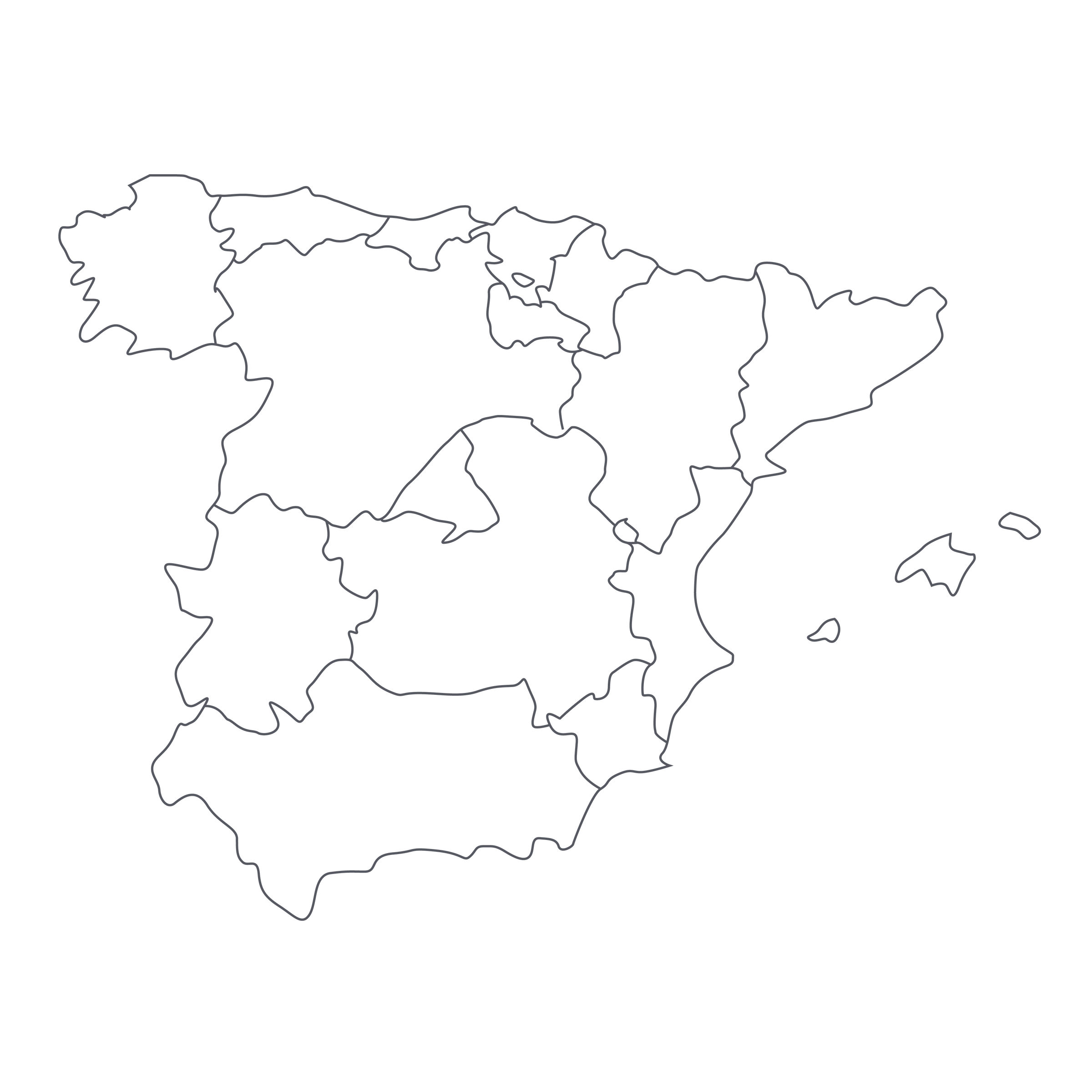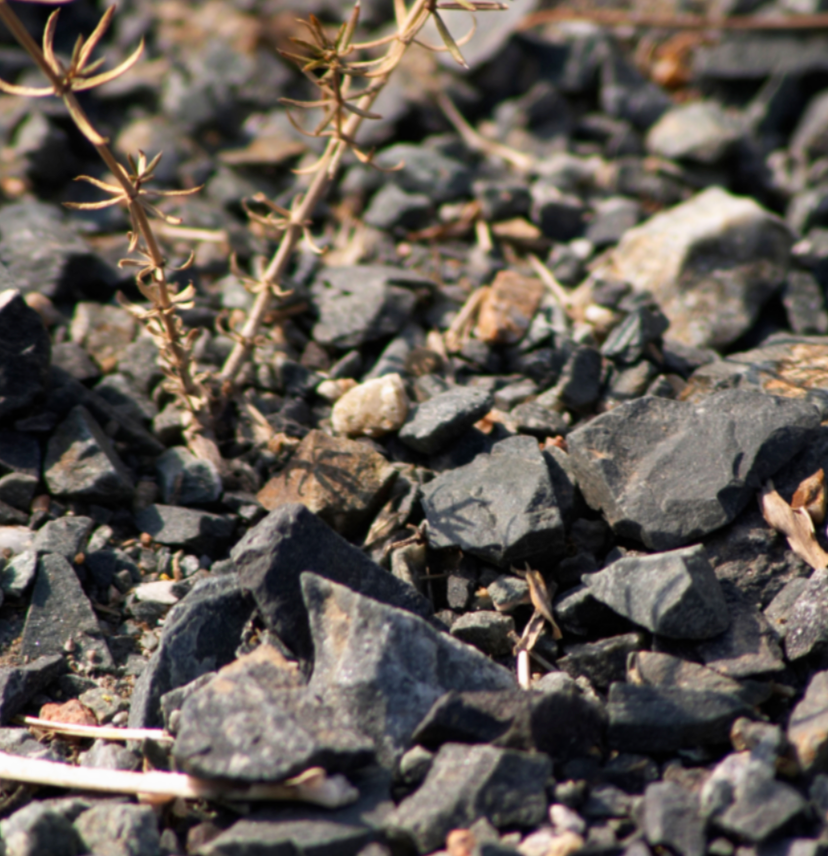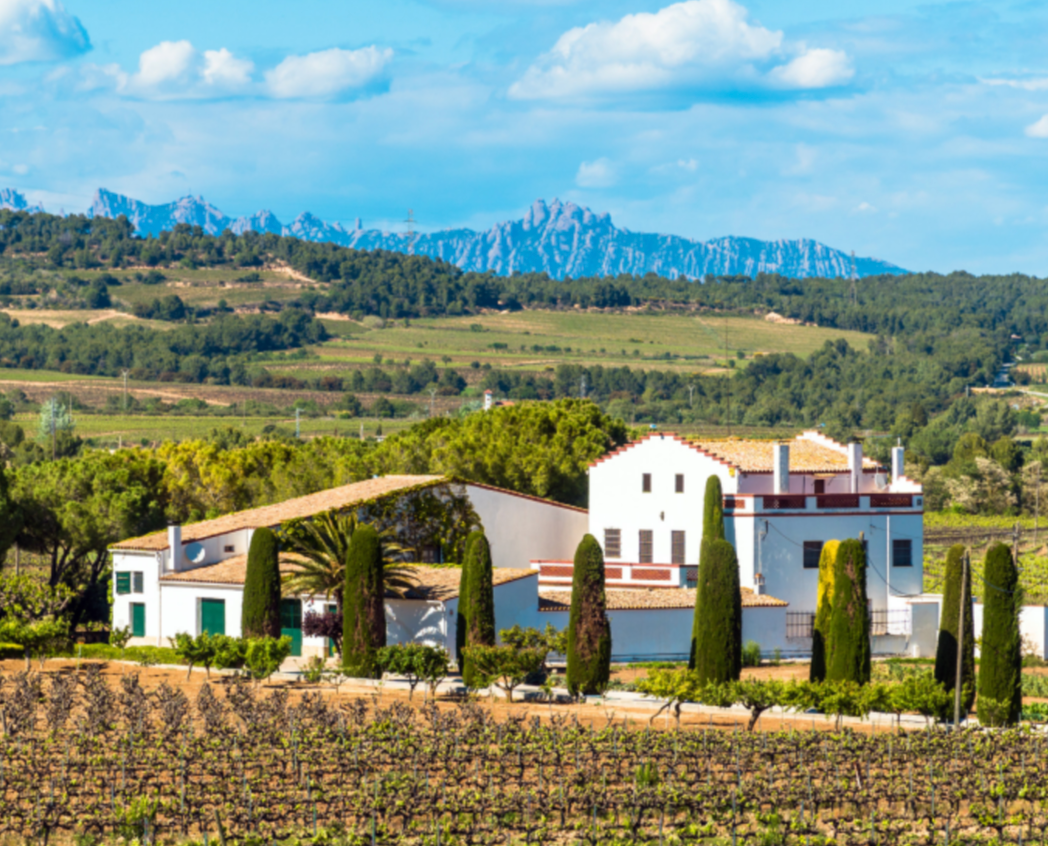I lunge at every opportunity to share Luis Rodriguez’ extraordinary wines on SommSelect. That said, avid fans may wonder why it’s been an entire calendar year since we last offered anything from Rodriguez. After all, Luis is one of our undisputed “hall of fame” producers and his wines made near-quarterly appearances on this site in years past (and sold out every time).
The explanation for Rodriguez’ recent hiatus is simple and bittersweet: These wines have graduated from difficult-to-obtain to nearly invisible in the US market. Rodriguez is now a superstar and today’s “Escolma” is the single top white from his small estate. It’s a deeply sophisticated, masterful show of strength that silences any suggestion that Spain’s finest whites can’t go toe-to-toe with Grand Cru White Burgundy and the top whites of the Northern Rhône. Furthermore, it’s one of the most critically acclaimed and cellar-worthy whites in all of Spain—and after emptying three bottles since Christmas, I can confirm that today’s 2011 is fully mature and dumbfoundingly delicious. If you need a bottle to blow away the winter doldrums and replace them with luxury, inspiration, and bliss, then trust me: This is your wine!
As I’ve said before, my early years in the wine world coincided with what some would consider the “dark ages” of Spanish wine in the US. In the early 2000s, so many Spanish producers, in an effort to “modernize,” flooded the market with wines that were often flat and possessing little discernible terroir character. Fortunately, the last decade has seen a renaissance for esoteric and truly regional Spanish wines, particularly those from the northwest region of Galicia. The cool, Atlantic climate is ideal for producing wines of great balance and mineral purity. The very best of these wines combine the finesse of Burgundy and the brooding depth of the northern Rhône—all tied together with an electricity and aromatic profile that is uniquely Spanish.
When I talk about “the best,” at the top of my list are the inimitable wines of Luis Rodriguez. Luis farms just five hectares spread across some 100 parcels in the rural Galician village of Arnoia. These “micro parcels” hug the granite hillside at 300-1,000 feet elevation and offer a diverse mosaic of soil characteristics, all of which are brilliantly delineated in the estate’s final cuvées. After studying viticulture and enology at the esteemed University of Madrid, Luis worked and traveled extensively across the great appellations of Europe—and logged many hours in Burgundy—before bottling his first vintage in 1988. Almost three decades later, Luis' one man show has earned a singular status in the Ribeiro region.
Luis’ Ribeiro Bianco “Escolma,” the 2011 vintage of which we are offering today, represents the pinnacle of this elite estate. This rare cuvée, only produced in outstanding vintages, is the product of Luis’ oldest and lowest-yielding Treixadura, Albariño, and Lado (and many other nameless indigenous grapes) planted on perilous granite slopes. This wine never saw any plastic, ceramic or stainless tanks—it was instead fermented in a small phalanx of 300-, 500- and 600-liter French oak barrels. Next, it was s patiently aged on its lees for 12 months in barrel before an additional 36 months of bottle aging before release. Now with an additional 3+ years of age under its belt, it goes without saying that today’s wine has entered its white-hot, peak drinking window. Imagine the chiseled minerality of Grand Cru Chablis interwoven with the rich, sonorous tones of mature white Hermitage and the curves and opulence of top-tier Puligny-Montrachet. Well, that’s just a start, because there’s also a mesmerizing collage of exotic fruit and nut aromatics that, frankly, have no analog. Please decant for 30 minutes and serve in large Burgundy stems, and most importantly, reserve at least a third of the bottle for the following day. Even with significant age, this wine will continue to evolve and improve for 2-3 days after the cork is pulled; it’s a hypnotic thing to witness, and convincing proof that the wine will provide peak pleasure for many years to come. If enjoying today, track down a few lobsters and fire up the grill because this is an impressive wine that demands to be accompanied by rich and delicious food! Don’t miss this!





